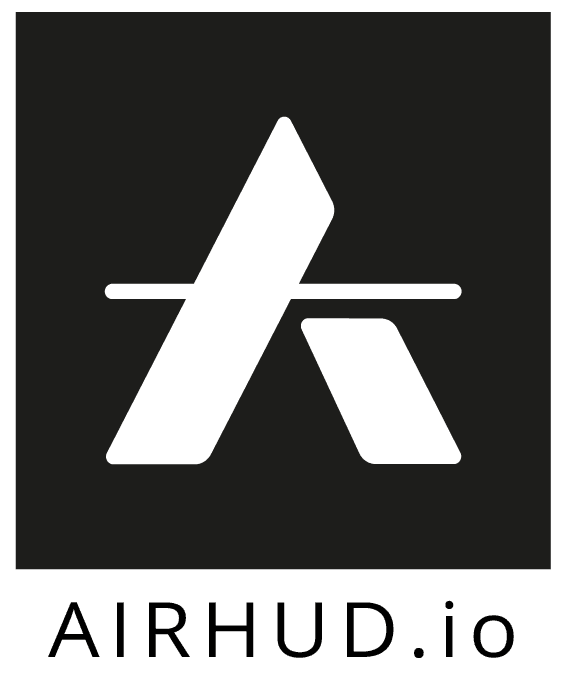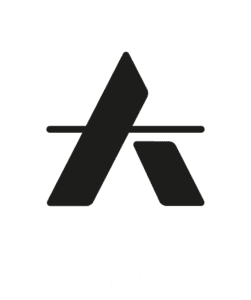US Patent numbers: 11 409 280 & 11 669 088
Imagine flying a drone with ease and precision, even when it’s far away or hidden from your line of sight. Thanks to a groundbreaking patent, this futuristic-sounding scenario is now a reality.
The patent awarded to Anarky Labs, specifically around their software AirHUD, is set to change the way we operate drones, making drone operations more accessible and cost-effective.
The Problem:
Flying drones has always been an exciting endeavour, but it comes with its share of challenges. Traditionally, a human operator on the ground uses a remote controller to navigate the drone in the air. The operator’s eyes need to be on the drone and the controller screen – a juggling act that compromises situational awareness and can lead to potentially dangerous situations.
Moreover, regulations require that the drone operator maintains visual contact (line of sight) with the drone at all times. This can be extremely challenging when the drone is at a significant distance, visibility is poor due to low light conditions, or there are physical obstacles in the way.
To address these issues, some operators use a second person, often referred to as a “spotter,” to keep visual contact with the drone while the operator focuses on controlling it. However, this setup requires excellent communication between the operator and the spotter and effectively doubles the labour, leading to higher operational costs.
The Solution:
Enter the patented solution – an apparatus, method, and software (AirHUD) designed to assist human operators in flying drones with unparalleled ease and safety.
This groundbreaking system comprises several key elements:
Internal Data Communication Interface: The apparatus is equipped with an internal data communication interface that receives data from the remote controller through a local wifi connection.
Augmented Reality Display: It features an augmented reality display (such as Microsift Hololens, Magic Leap or Meta Quest Pro) that can superimpose vital information onto the operator’s field of view.
Computer Programming Code: The system code is stored locally in the AR glasses memory allowing it to execute at high speed the various functions required.
Now, here’s how it works in simple terms:
- When a human operator is flying a drone using this technology, they wear a headset with an augmented reality display. While they are looking at the drone in the air, this display superimposes a “target symbol” onto their view, showing them exactly where the drone is located. This eliminates the need to constantly search the sky for their drone.
- An “orientation symbol” is displayed, indicating the direction in which the drone is facing. This feature helps operators maintain better control over their drones, especially in complex flight situations.
- The system can determine the geographic location of the drone and place a “world marker” at that spot. This information can be invaluable for tracking and recovering the drone if needed, or for indicating the position of a person found on a Search-and-Rescue mission.
The Impact:
This patent promises to transform the drone operating experience, making it accessible to a wider range of users.
With augmented reality assistance, operators can maintain visual contact with their drones without constantly searching the sky, greatly enhancing safety and situational awareness.
The need for a spotter is significantly reduced, lowering operational costs. The technology also simplifies basic drone control, making drone flying an achievable skill for more people.
This patent is poised to revolutionise the world of drone operation, making it safer, more efficient, and accessible to a wider range of professional applications.
So, get ready to take flight with confidence and ease, thanks to augmented reality assistance!
Emilie is the chief marketing officer of Anarky Labs, a pioneer in developing situational awareness software for drone operations. As CMO, Emilie leads the go-to-market strategy and actions to make AirHUD a true European alternative when it comes to BVLOS operations to improve drone management. Emilie is best reached by email.




